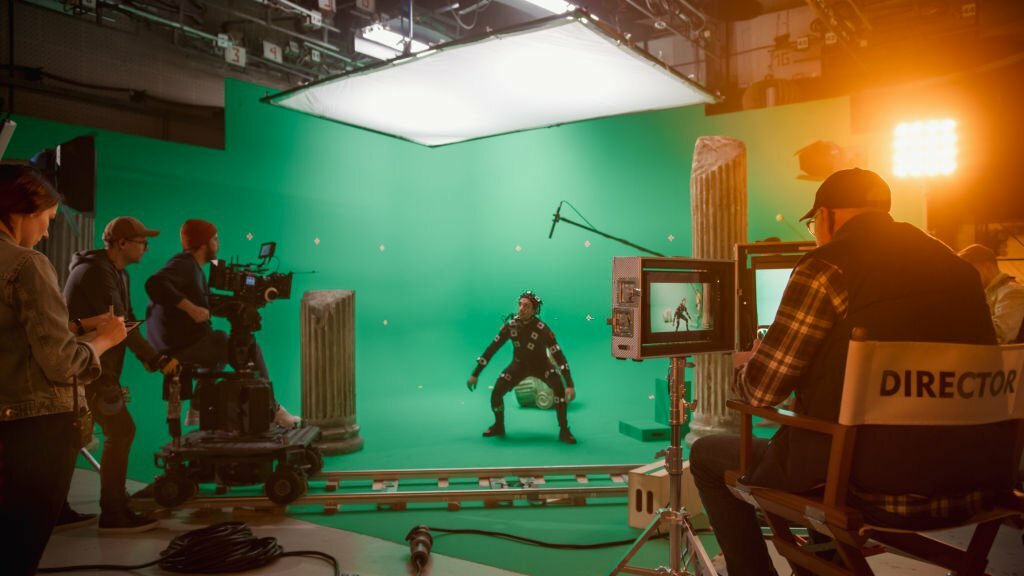According to studies, an average of 2,500 new videos are published on YouTube every minute. But if you want to take your business to the next level, you’ll need something that can draw and pull your audience over to your brand, like video animation.
Your audience can only see what you have to offer them, and the easiest way to express it to them is through short video animation pieces. Video animation allows you to communicate complicated concepts to your consumers and clients in a way that is understandable and engaging for them.
Furthermore, video animation can be considered attention-grabbing since it protects viewers from information overload and creates long-lasting impressions.
Now, let’s explore video animation, including how it draws in, holds on to, and engages viewers, as well as its significance in the digital age.
Video animation and audience engagement
What is video animation?
The process of producing moving visuals using a sequence of still drawings, graphics, or other visual components is known as video animation. It entails altering pictures, usually in digital format, to mimic motion. By arranging static materials in a way that creates the impression of motion or action, animation gives them life. In essence, it’s the art of creating moving pictures that captivate and communicate.
What is audience engagement?
Audience engagement is the measure of how actively and emotionally viewers participate with content. It goes beyond passive consumption, involving interactions, reactions, and a sense of connection. A truly engaged audience feels a personal investment in what they’re experiencing.
To understand this idea, bringing the two terms together means you engage your audience actively and emotionally by bringing them from a static element to life to captivate and communicate.
7 Creative Video Animation Styles to Keep Your Audience 
There are many different types of video animation, each with special features to suit diverse tastes and communication objectives. The types of video animation listed below can assist you.
2D Animation
2D animation involves the movement of flat images in two-dimensional space. It’s renowned for being approachable and simple, which makes it a great option for explaining basic ideas. The allure of 2D is its capacity to condense intricate concepts into understandable, aesthetically pleasing stories.
3D Animation
3D animation creates a three-dimensional illusion, adding depth and realism to the visual experience. This type of animation is widely used in industries like gaming and film due to its ability to bring characters and scenes to life with intricate details. In marketing and educational content, 3D animation captures attention through its immersive nature.
Motion Graphics
Motion graphics involve the use of animated elements to enhance static graphics. This type of animation is prevalent in logo animations, title sequences, and data visualization. Its dynamic nature makes it effective for presenting information in a visually engaging way, making complex data more digestible.
Stop Motion
Stop Motion animation involves capturing a series of still images to create the illusion of motion. This technique, often associated with claymation or puppet animation, adds a nostalgic and tactile quality to the content. Stop motion stands out for its creativity and the handmade charm it brings to storytelling.
Explainer Videos
Explainer videos use animation to simplify complex ideas or processes. Through clear visuals, narration, and sometimes character animations, they break down intricate concepts into easily understandable segments. Explainer videos are effective for introducing products and services or conveying educational content concisely and engagingly.
Character Animation
Character animation involves bringing animated characters to life. Whether it’s mascots, avatars, or fictional characters, the emphasis is on creating relatable figures that evoke emotions. This type of animation is powerful in storytelling, as audiences tend to connect emotionally with well-designed and charismatic characters.
Whiteboard Animation
Whiteboard animation simulates the process of drawing on a whiteboard. It often involves hand-sketching illustrations or diagrams in real-time, accompanied by narration. This style is effective for educational content and storytelling, providing a visually engaging way to present information as it unfolds.
How does animation boost audience engagement and retention?
Imagine scrolling through a series of pieces of content. What makes you pause and pay attention? The secret behind it is animation.
Here’s how it works:
Grabs attention instantly
Animation, with its dynamic movement, instantly grabs attention. Our brains are wired to notice motion, making animated content stand out in the digital crowd. The mix of appealing images, narration, and movement aids in holding the viewer’s attention. This prolonged engagement guarantees that the animation’s message or content remains memorable over time.
Tells Stories with Visual Flair
Animation turns information into a visual narrative, and video animation makes it easier to understand and remember. It’s like a mini-movie that paints a vivid picture in the mind.
Appeals to Emotions
Animated characters and stories have the remarkable ability to evoke emotions. Whether it’s humor, empathy, excitement, or nostalgia, animation creates an emotional bond with the audience, leading to deeper connections and increased retention.
Prevents information overload
Too much information at once can overwhelm you. Animation breaks down complex ideas into digestible chunks. It guides your focus, ensuring you absorb one concept before moving on to the next. It’s like a friendly guide through a maze of information.
Encourages Interaction
Animation invites you to participate. Interactive elements, like clickable animations or quizzes, turn passive viewers into active participants. It’s not just watching; it’s engaging in a dialogue with the content.
Fosters a Lasting Impression
Animation creates a lasting imprint on the memory. It’s the difference between a forgettable moment and a memorable experience that lingers.
Conclusion
In a nutshell, the use of many animation styles enables businesses to establish more robust connections with their audiences. Not only is the combination of images and narrative captivating, but it also leaves a lasting impression on viewers.
Visit Elior to find out which video animation best suits your company’s demands and to receive expert advice and suggestions that make the development of video animations much easier.

